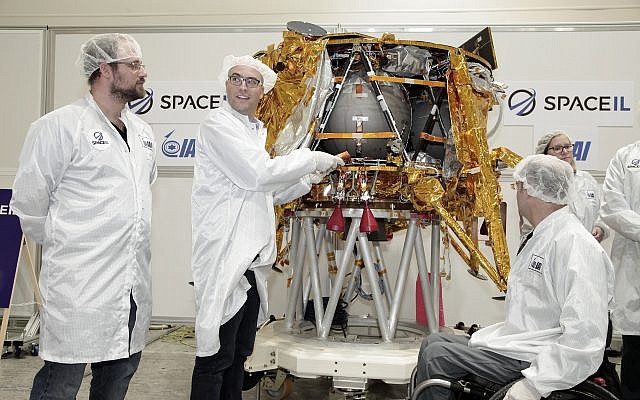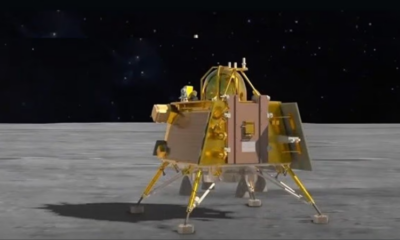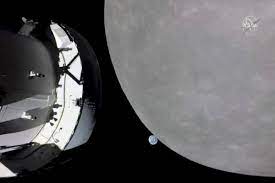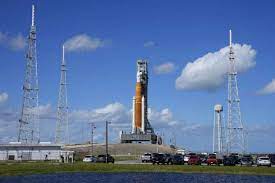NASA said on Tuesday that it has decided to postpone the launch until at least late March because SpaceX’s upcoming crew rotation mission to the ISS would utilize a new Dragon spacecraft that won’t be ready by the initial February launch date.
For the two NASA astronauts who traveled to the ISS last June on Boeing’s troubled Starliner spacecraft, that means an even longer stay. On June 5, they took off from Cape Canaveral, Florida, aboard a United Launch Alliance Atlas V on the first crewed mission of Starliner. They arrived at the ISS one day later for a stay that was only expected to last eight days.
NASA decided to be cautious and maintain Butch Wilmore and Suni Williams aboard the ISS while sending Starliner home without a crew due to issues with the spacecraft’s thrusters and helium leaks on its propulsion module.
In order for Williams and Wilmore to have a trip home, they will now be traveling on the SpaceX Crew Dragon Freedom, which traveled up to the ISS and docked in September, although with only two crew members on board rather than the customary four.
When Crew-10 arrived in late February, the mission’s goal was to take a trip home.
However, NASA confirmed that Crew-10 will not fly with its replacement crew until late March. This allows NASA and SpaceX time to prepare the new Dragon spacecraft, which has not yet been given a name, for the voyage. Early January is when it is anticipated to reach Florida.
“Fabrication, assembly, testing, and final integration of a new spacecraft is a painstaking endeavor that requires great attention to detail,” stated Steve Stich, the program manager for NASA’s Commercial Crew. “We appreciate the hard work by the SpaceX team to expand the Dragon fleet in support of our missions and the flexibility of the station program and expedition crews as we work together to complete the new capsule’s readiness for flight.”
It would be the fifth Dragon spacecraft with a crew. Its fleet of four current Dragon spacecraft has flown 15 times, sending 56 passengers to space, including two who were two-time fliers. The first crewed trip took place in May 2020. Each spacecraft’s name is chosen by the crew on its first flight.
According to NASA, teams considered using the other crew Dragon spacecraft that were available but decided that rescheduling Crew-10’s launch date was the best course of action.
JAXA (Japan Aerospace Exploration Agency) astronaut and mission specialist Takuya Onishi will undertake his second spaceflight, Roscosmos cosmonaut and mission specialist Kirill Peskov will make his first spaceflight, NASA astronaut and commander Anne McClain will make her second spaceflight, and NASA astronaut and pilot Nichole Ayers will become the first member of the 2021 astronaut candidate class to reach space.
Given that Crew-9 won’t be able to return home until a handover period following Crew-10’s arrival, Wilmore and Williams may have to spend nearly nine months aboard as a result of the delay.
Rotations aboard the ISS typically last six months.
It is unclear when and how Starliner will receive its final certification so that it can start trading off the regular ferry service with SpaceX, as NASA’s Commercial Crew Program aims to have two providers for U.S.-based rotation missions with SpaceX and Boeing. This is due to the Crew Flight Test mission’s incomplete launch.
According to the terms of its contract, Boeing must deliver six missions to the ISS before the space station’s service ends, which is presently scheduled for 2030.

 Business4 weeks ago
Business4 weeks ago
 Sports4 weeks ago
Sports4 weeks ago
 Science4 weeks ago
Science4 weeks ago
 Business4 weeks ago
Business4 weeks ago
 Science4 weeks ago
Science4 weeks ago
 Science4 weeks ago
Science4 weeks ago
 Technology3 weeks ago
Technology3 weeks ago
 Science2 weeks ago
Science2 weeks ago















